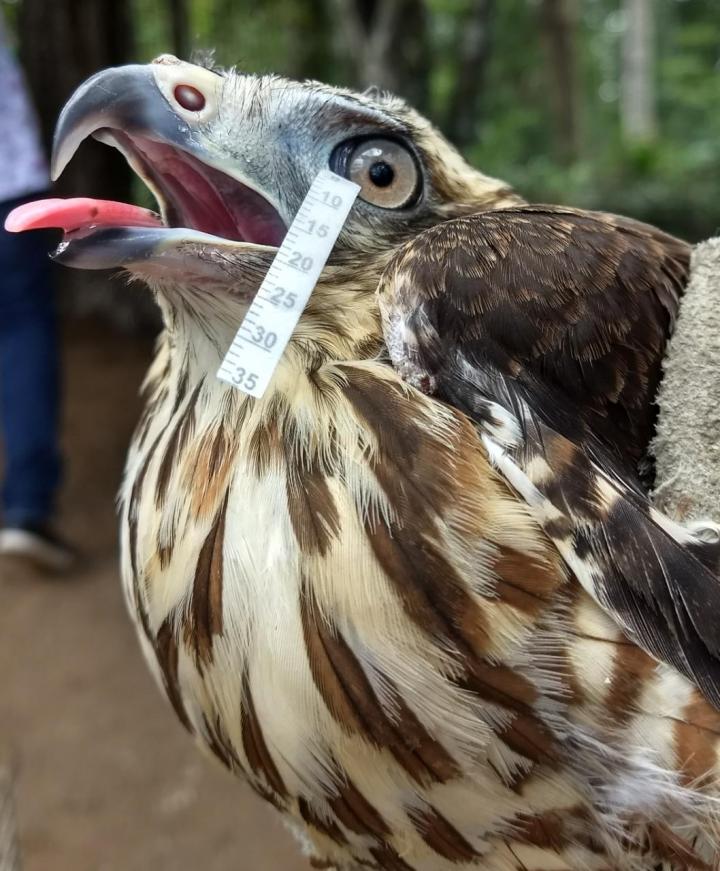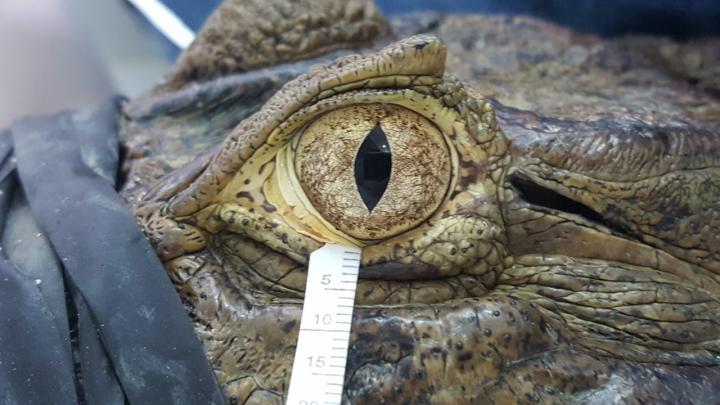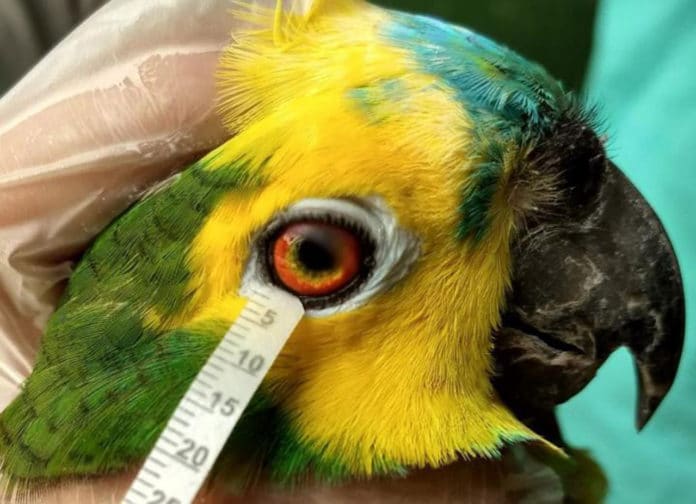The tear film’s main functions are related to its interaction with the corneal epithelium, including lubrication, nutrition, metabolite removal, protection, and stability of the ocular surface. These functions stem from the diversity of its components, and it is characterized in vertebrates by the presence of lipids, water, proteins, and electrolytes.
However, due to species heterogeneity, there are still some gaps related to its components’ dynamics and how they act to maintain homeostasis.
To get a complete picture of how tears work in other species, scientists led by Prof. Arianne P. Oriá, of the Federal University of Bahia, in Salvador, Brazil, sampled tears from seven species of birds and reptiles including- macaws, hawks, owls and a type of parrot, as well as tortoises, caimans, and sea turtles. For comparison, the authors also collected tears from 10 healthy human volunteers.

Their study found that bird and reptile tears aren’t so unlike our own. But the differences could provide insights into better ophthalmic treatments for humans and animals, as well as clues into the evolution of tears across different species.
Oriá explained, “Although birds and reptiles have different structures that are responsible for tear production, some components of this fluid (electrolytes) are present at similar concentrations as what is found in humans. But the crystal structures are organized in different ways so that they guarantee the eyes´ health and equilibrium with the various environments.”
Scientists worked together with veterinarians from a conservation center, a wild animal care center, and a commercial breeder to collect tear samples from healthy captive animals. The study was limited to animals kept as pets or as part of conservation efforts, and the researchers collected tears as part of the animals’ normal physical check-ups.

Scientists compared the composition of the tears. They found that all of the tear types contained similar amounts of electrolytes such as sodium and chloride, although bird and reptile tears had slightly higher concentrations. Owl and sea turtle tears also showed higher levels of urea and protein. After measuring the tears’ composition, scientists also looked at the crystals that formed when the tear fluid dried out.
Despite having similarities in tear composition, scientists found variation in crystals. Sea turtle and caiman tear crystals were particularly unique, probably as an adaptation to their aquatic environments.
Tear research still only reflects a small number of species, and this study was limited to captive animals. But future research of additional species could continue to expand our understanding of tear types and help guide better treatments for both animals and humans.
Prof. Oriá said, “This knowledge helps in the understanding of the evolution and adaption of these species, as well as in their conservation.”
Journal Reference:
- Arianne P. Oriá et al. Comparison of Electrolyte Composition and Crystallization Patterns in Bird and Reptile Tears. DOI: 10.3389/fvets.2020.00574
